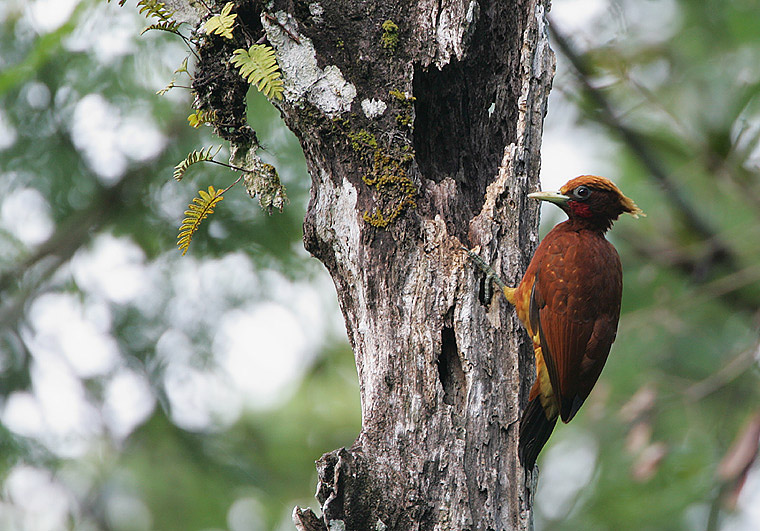Superregnum: Eukaryota
Cladus: Unikonta
Cladus: Opisthokonta
Cladus: Holozoa
Regnum: Animalia
Subregnum: Eumetazoa
Cladus: Bilateria
Cladus: Nephrozoa
Superphylum: Deuterostomia
Phylum: Chordata
Subphylum: Vertebrata
Infraphylum: Gnathostomata
Megaclassis: Osteichthyes
Cladus: Sarcopterygii
Cladus: Rhipidistia
Cladus: Tetrapodomorpha
Cladus: Eotetrapodiformes
Cladus: Elpistostegalia
Superclassis: Tetrapoda
Cladus: Reptiliomorpha
Cladus: Amniota
Classis: Reptilia
Cladus: Eureptilia
Cladus: Romeriida
Subclassis: Diapsida
Cladus: Sauria
Infraclassis: Archosauromorpha
Cladus: Crurotarsi
Divisio: Archosauria
Cladus: Avemetatarsalia
Cladus: Ornithodira
Subtaxon: Dinosauromorpha
Cladus: Dinosauriformes
Cladus: Dracohors
Cladus: Dinosauria
Ordo: Saurischia
Cladus: Eusaurischia
Subordo: Theropoda
Cladus: Neotheropoda
Cladus: Averostra
Cladus: Tetanurae
Cladus: Avetheropoda
Cladus: Coelurosauria
Cladus: Tyrannoraptora
Cladus: Maniraptoromorpha
Cladus: Maniraptoriformes
Cladus: Maniraptora
Cladus: Pennaraptora
Cladus: Paraves
Cladus: Eumaniraptora
Cladus: Avialae
Infraclassis: Aves
Cladus: Euavialae
Cladus: Avebrevicauda
Cladus: Pygostylia
Cladus: Ornithothoraces
Cladus: Ornithuromorpha
Cladus: Carinatae
Parvclassis: Neornithes
Cohors: Neognathae
Cladus: Neoaves
Ordo: Piciformes
Familia: Picidae
Subfamilia: Picinae
Genus: Celeus
Species: Celeus elegans
Subspecies: C. e. citreopygius – C. e. deltanus – C. e. elegans – C. e. hellmayri – C. e. jumanus – C. e. leotaudi
Name
Celeus elegans (Statius Müller, 1776)
References
Des Ritters Carl von Linné vollständiges Natursystem. Nach der 12. lateinischen Ausgabe und nach Anleitung des holländischen Houttuynischen Werks mit einer ausführlichen Erklärung. Supplement p. 92
Vernacular names
English: Chestnut Woodpecker
español: Celeus elegans
فارسی: دارکوب بلوطی
suomi: Töyhtötikka
français: Pic mordoré
português: Pica-pau-castanho
The chestnut woodpecker (Celeus elegans) is a resident breeding bird in South America from Colombia, Venezuela and the Guianas south to Ecuador, Bolivia and northern and western Brazil, and on Trinidad. It is found in a range of habitat types including rainforest, gallery forest, seasonally flooded forest, mangrove woodland, swamps, plantations and wooded savannah.[3] It is a generally uncommon bird, and threatened by habitat loss, but it has a very wide range, and the International Union for Conservation of Nature has assessed its conservation status as being of least concern.[1]
The chestnut woodpecker is about 28 cm (11 in) long and weighs about 127 g (4 oz). The upper parts, wings and breast are a rich unbarred chestnut brown, while the rump, belly, flanks and crest are yellow or cinnamon, depending on race. The tail is blackish, the legs are grey and the bill yellow-white. The male has a red malar stripe, but otherwise the sexes are similar. C. e. leotaudi of Trinidad is smaller, paler, and much brighter than the mainland forms. Other subspecies have differing crest colours.[3]
The habitat of this large woodpecker is forest and other closed woodland. The nest hole is in a dead tree, with the chamber floor up to 30 cm below the entrance. Three white eggs are laid. The chestnut woodpecker mainly feeds in trees and bushes on insects, including ants and termites, and some fruit. It sometimes breaks into termite mounds and follows swarms of insects; it forages in the middle and lower stories of the forest, sometimes in the company of other smaller birds. It is a noisy species with a harsh parrot-like squawk whEEjer. Both sexes drum.[3]
References
BirdLife International (2016). "Celeus elegans". IUCN Red List of Threatened Species. 2016: e.T22681331A92902296. doi:10.2305/IUCN.UK.2016-3.RLTS.T22681331A92902296.en. Retrieved 12 November 2021.
Winkler, Hans; Christie, David (4 March 2020). "Chestnut Woodpecker (Celeus elegans)". Birds of the World.
Gorman, Gerard (2014). Woodpeckers of the World: A Photographic Guide. Firefly Books. p. 371–372. ISBN 978-1770853096.
ffrench, Richard (1991). A Guide to the Birds of Trinidad and Tobago (2nd ed.). Comstock Publishing. ISBN 0-8014-9792-2.
Hilty, Steven L (2003). Birds of Venezuela. London: Christopher Helm. ISBN 0-7136-6418-5.
Retrieved from "http://en.wikipedia.org/"
All text is available under the terms of the GNU Free Documentation License


